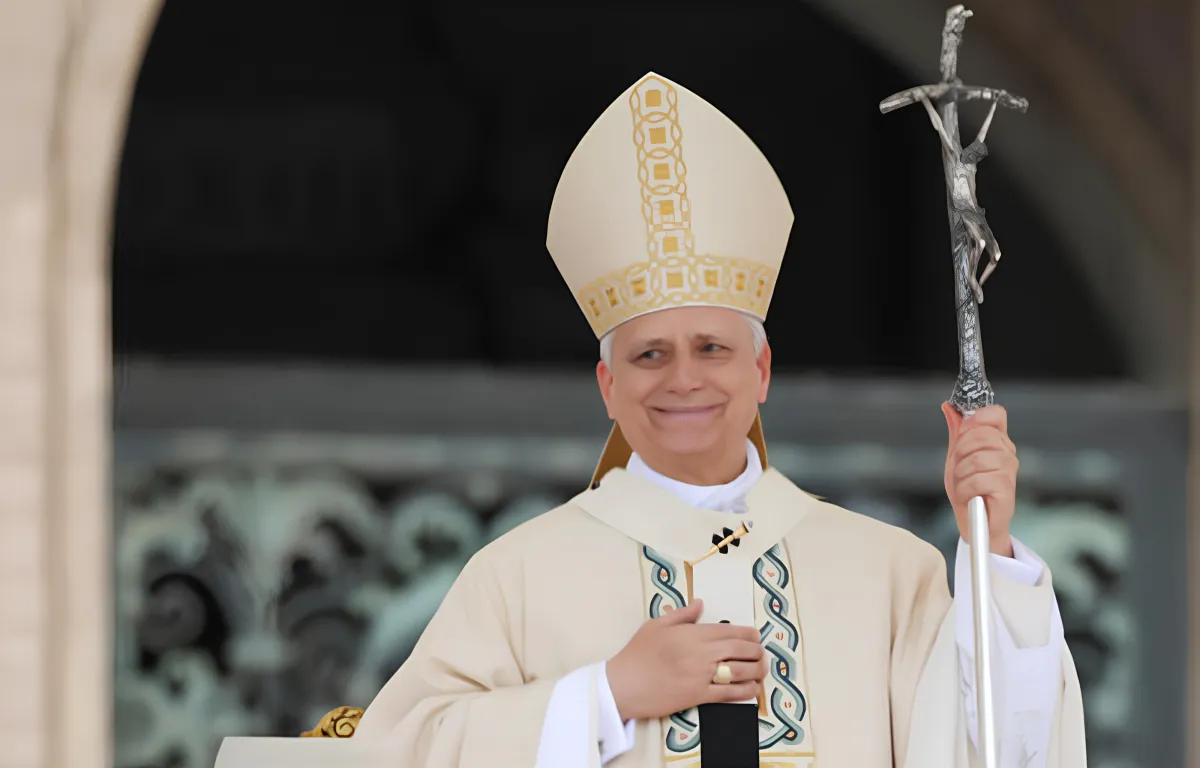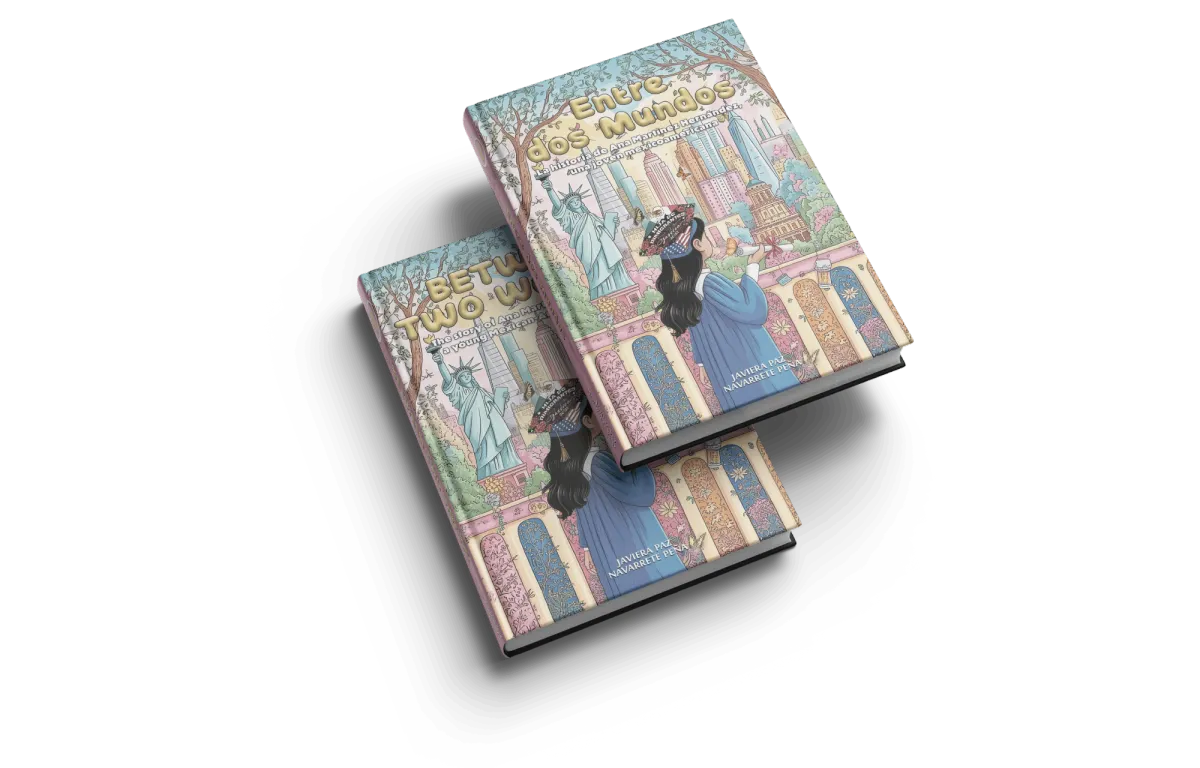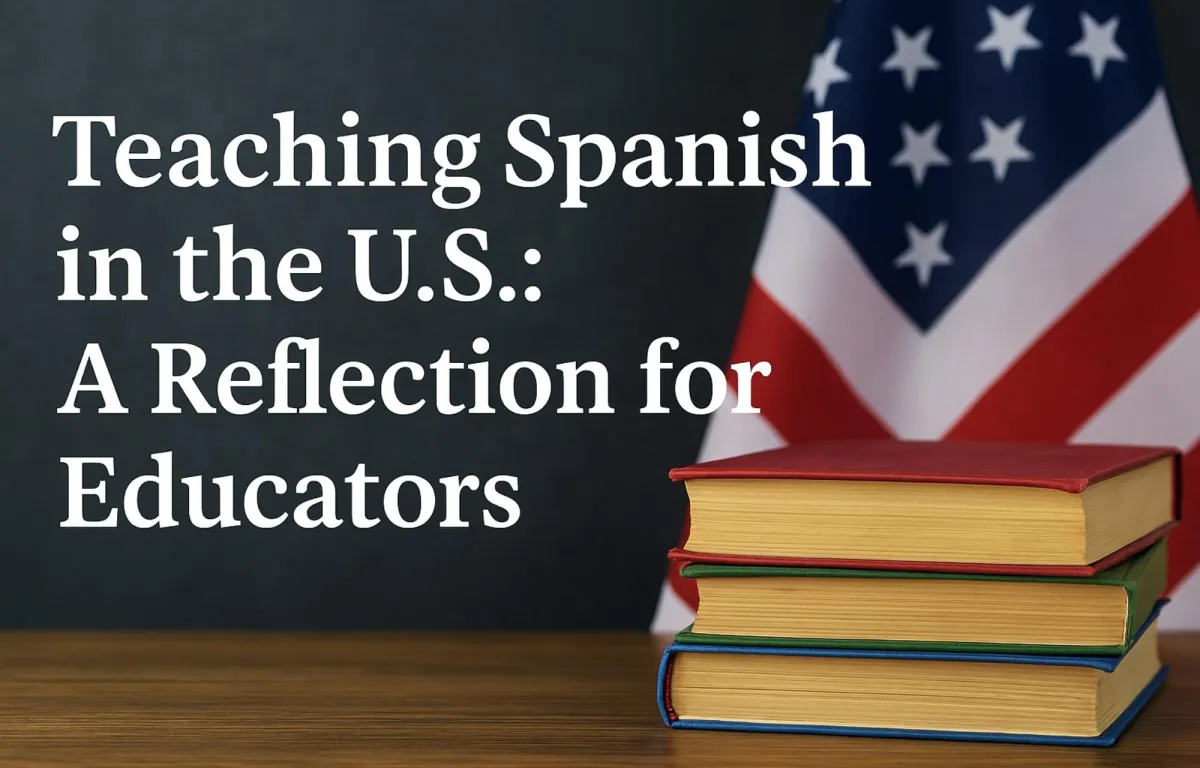The Blog
The Privilege of the Poor: Reflections on Dilexi Te by Pope Leo XIV
After reading the apostolic exhortation Dilexi Te by Pope Leo XIV on the love for the poor, I was deeply moved to reflect on its central message: that the poor hold a unique place in God’s heart—not as a symbol of weakness, but as a sacred space where humanity encounters the divine.
Between Two Worlds: The Journey Behind My Novel
When I began writing Between Two Worlds, I didn’t set out merely to tell a story. I was searching for meaning in something I had been witnessing for years—something not only literary, but deeply human and often painful.
Teaching Spanish in the U.S.: A Reflection for Educators
Before I came to the United States, I was born and raised in Chile. I also lived in Spain for nearly a year, and I had the privilege of traveling throughout Latin America and Europe. In all those places, the value of speaking multiple languages was never questioned. People wanted to learn languages—English, French, German—because it was seen as an asset, a pathway to growth, opportunity, and cultural connection.
Bridging Language, Culture, and Faith: The Importance of Original and Authentic Materials in Spanish Language Education
Language serves as more than a tool for communication; it is a carrier of culture, history, and worldview. As World Language educators, we bear the responsibility of teaching not just grammar and vocabulary but also the cultural contexts that breathe life into the language. This is especially important when considering that for many Hispanic students and communities, Catholicism is a significant aspect of their cultural heritage. How, then, can religious content be incorporated into a world language curriculum?



